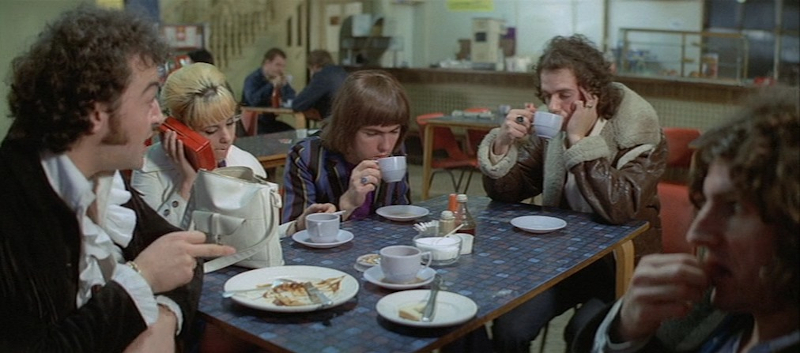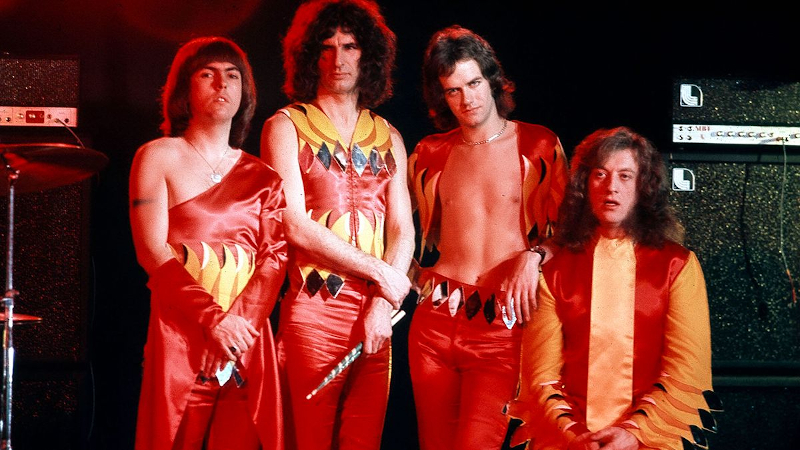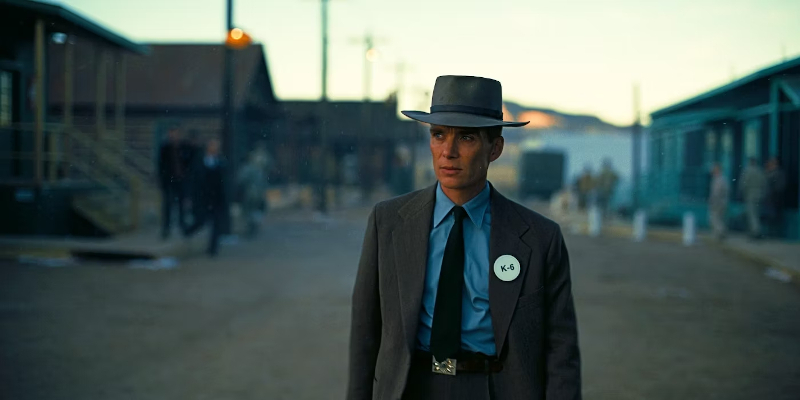Director – Richard Loncraine – 1975 – UK – Cert. – 91m
****
Slade play Flame, a small-time rock band who cut their musical teeth managed by lowlife crooks before going on to a meteoric rise and fall managed by corporate suits– 2K Remaster for the film’s 50th Anniversary Re-release is out in UK cinemas on Friday, May 2nd following BFI Southbank premier on Thursday, May 1st
In the early 1970s, four-piece pop act Slade (singer-guitarist Noddy Holder, bass player Jim Lea, guitarist Dave Hill and drummer Don Powell) were a British pop phenomenon. They clocked up six number one singles, with three going straight to the number one position. To capitalise on that success, the band’s manager Chas Chandler, previously Jim Hendrix’s manager and, before that, the bass player with The Animals, decided Slade should make a movie; the band, however, didn’t want to make light, upbeat, whimsical fantasies like The Beatles vehicles (A Hard Day’s Night, 1964; Help!, 1965, both Richard Lester; Yellow Submarine, George Dunning, 1968); they wanted instead to make something darker, reflecting the experience of trying to make it in a band in England in the late 1960s.

First-time feature director Richard Loncraine proved to be an inspired choice, confirmed both by the gritty, urban nature of his many subsequent films (The Missionary, 1982; Bellman and True, 1987; Richard III, 1995) and for his signature compositional style (letterbox frame, sepia-dominated palette), developed with cinematographer Peter Hannan (The Missionary, not to mention Monty Python’s The Meaning of Life, Terrys Gilliam and Jones, 1983).… Read the rest

